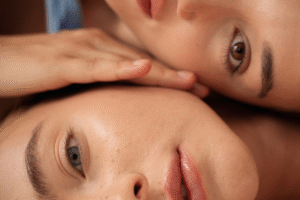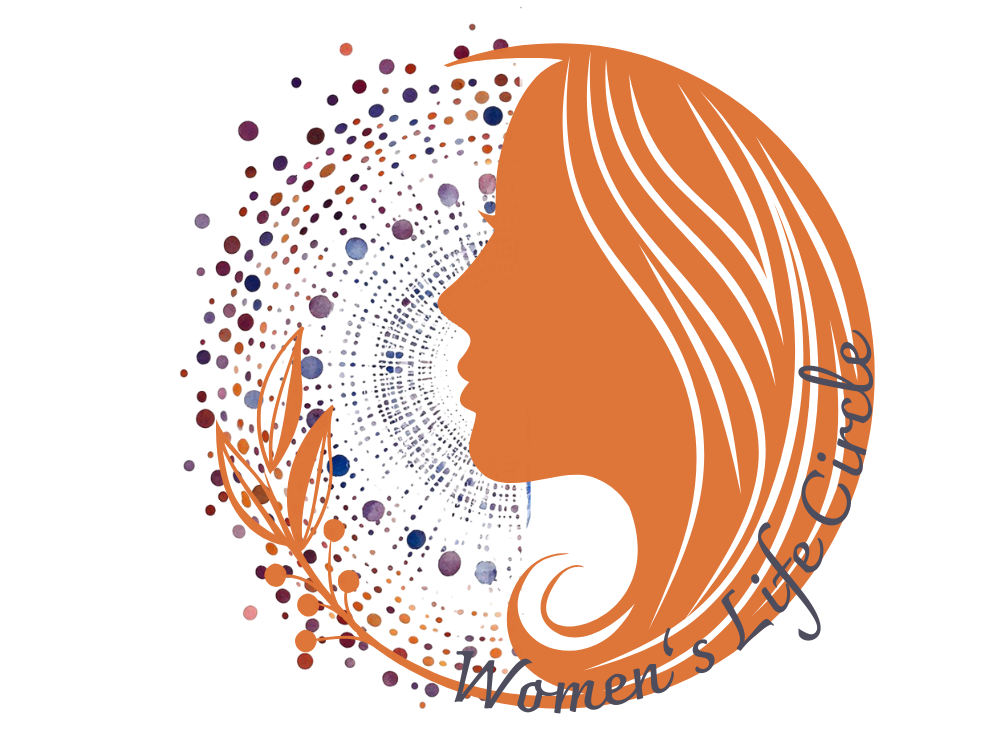The Awakening of Womanhood
The Threshold of Awakening
There comes a time in a girl’s life when childhood quietly loosens its grip and something mysterious begins to unfold. The body whispers before it speaks—soft changes in the skin, a sudden growth spurt, emotions that seem bigger than before. And then, one day, the unmistakable sign appears: the first blood. Puberty is not just a biological change; it is the awakening of womanhood, a delicate bridge between innocence and maturity.
Puberty is more than a biological milestone. It is an initiation into womanhood, a sacred threshold that every culture, ancient and modern, has tried to interpret. For some girls, these years feel like a storm of change—confusing, exhilarating, even overwhelming. For others, it is a gentler tide. But for all, it is the beginning of a lifelong feminine circle a dialogue between body, mind, and spirit.
The Science of Puberty
Science shows us that puberty is orchestrated by a dance of hormones. While every girl’s journey is unique, the biological process has a clear purpose: to prepare the body for fertility.
Modern medicine describes puberty as the moment the hypothalamic–pituitary–gonadal axis “switches on.” Estrogen levels begin to rise, setting in motion a cascade of changes:
Breast development (thelarche)
Hair growth in pubic and underarm regions (pubarche)
Menstruation (menarche), usually between ages 10–15
At first, cycles are irregular. The ovaries are “practicing,” adjusting to new rhythms of estrogen and progesterone. Beyond reproduction, these hormones affect mood, metabolism, skin, and even bone density.
Science often frames puberty as a set of measurable markers. But behind the clinical terms lies a transformative experience that medicine alone cannot fully explain.
Ancient Views of Puberty
In ancient times, puberty was rarely a private matter — it was recognized and ritualized. Many cultures saw the first menstruation as a spiritual milestone, not just a physical one, it was a rite of passage:
Ancient Greece: Hippocrates, the father of medicine, viewed menstruation as a natural purification process, essential for health and fertility. A girl’s first period was a sign of balance in the body’s humors (fluids) [3].
Ancient Egypt: Puberty was acknowledged with amulets and rituals of protection. Red, the color of blood, was sacred—both feared and revered [4].
Andean cultures: Young girls were honored in coming-of-age ceremonies that celebrated their role as future life-givers and guardians of the community [5].
China: Traditional medicine described the first menstruation as “Tian Gui”—Heaven’s Dew. It was believed to mark the alignment of cosmic energy with a woman’s body, initiating her into the cycles of Yin and Yang [6].
To ancient peoples, puberty was not a disruption—it was an initiation into power.



The Body in Transition
The body becomes a visible storyteller during puberty. The changes can feel confusing, but they signal strength and growth.
Breasts begin to develop…
Height increases rapidly, sometimes awkwardly…
Skin: Often softer, but prone to acne due to increased oil production.
Hair: New growth under the arms and in the pubic area.
Growth: Rapid height and bone growth, hips widening, curves emerging.
Blood: The first menstruations are often light and irregular, sometimes accompanied by cramps.
The body is in dialogue with itself, learning a new language of cycles.
Emotional Landscape
Puberty can be an emotional labyrinth. Mood swings, sudden tears, bursts of laughter, a new sensitivity to being seen by others—all are part of this stage. For many girls, self-consciousness arises, especially in cultures where menstruation is whispered about rather than honored.
How to cope:
Encourage open conversations about body changes.
Offer rituals of celebration for the first period (even something small and symbolic can be powerful).
Teach body-positivity and compassion at a young age.
Food & Nourishment
Nutrition during puberty supports both rapid growth and emotional well-being.
The body’s needs shift rapidly during puberty.
Best foods: Whole grains, fresh fruits and vegetables, seeds, nuts, legumes, and especially iron-rich foods (spinach, lentils, pumpkin seeds) to support blood health.
Avoid: Highly processed sugars and sodas that increase mood swings and acne.
Coffee & Alcohol: Not recommended. Caffeine can disrupt sleep and stress hormones; alcohol interferes with healthy development.
Gentle teas: Chamomile, rooibos, or raspberry leaf can soothe cramps and calm the nervous system.
Herbs & Natural Support
Simple herbs can ease this transition, offering comfort without overwhelming the young body.
Chamomile for calm.
Raspberry leaf tea to support early menstrual cycles.
Peppermint for digestion.
Vitamins & Chinese Herbs
Supplements during puberty can be supportive, especially in cases of nutritional gaps.
Key vitamins:
B-complex (for energy and stress balance)
Vitamin D + calcium (for strong bones)
Iron (especially after menarche)
Chinese medicine:
Dang Gui (Angelica Sinensis) – called the “female ginseng,” used for nourishing blood and regulating menstrual cycles.
Essential Oils & Aromas
Scent can offer comfort during the emotional ups and downs of puberty.
Lavender: Calming, supports restful sleep.
Rose: Opens the heart, helps young women embrace self-love.
Peppermint: Refreshing, eases headaches or fatigue.
Movement, Meditation & Breath
The body is eager for movement in this stage — and exercise can be grounding.
Gentle yoga postures that stretch and open the hips.
Breathing exercises (deep belly breathing) to release stress.
Playful movement—dance, swimming, running—helps regulate emotions and builds confidence.
The Right Environment
A nurturing environment during puberty is essential. The girl needs both freedom and guidance.
Girls at this age thrive in supportive, nurturing spaces. They need a balance of:
Community: Friendships and shared experiences are vital.
Solitude: Quiet moments to reflect and understand changes.
Nature: Time outdoors grounds emotions and connects them with natural cycles.
Clothing & Expression
This is the age of experimentation—fashion becomes an expression of identity. Encourage:
Comfortable natural fabrics that let the skin breathe.
Styles that foster confidence rather than shame.
Layers to adapt to hormonal fluctuations in temperature.
Closing Reflection
Puberty is not an inconvenience—it is a sacred awakening. The first blood, the first curves, the first taste of womanhood: all are invitations to step into a new relationship with self and with life. When guided with knowledge, compassion, and ritual, this stage can be remembered not with embarrassment, but with reverence.
References & Further Reading
Vlachou Panagiota Sophia
Certified Beekeeper | Specializing in Traditional Beekeeping & Natural Wellness Methods
Trained in Traditional Acupuncture – Academy of Traditional & Chinese Medicine
Member of the Beekeepers’ Association of Attica-Greece
Disclaimer: This article is for educational and informational purposes only. It is not intended to diagnose, treat, cure, or prevent any disease, and it does not substitute professional medical advice. Always consult a qualified healthcare professional before making any changes to your diet, lifestyle, or health practices.


